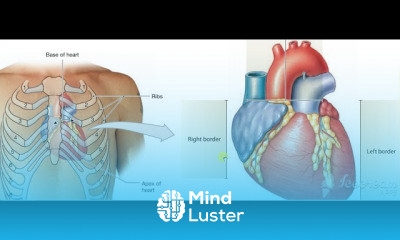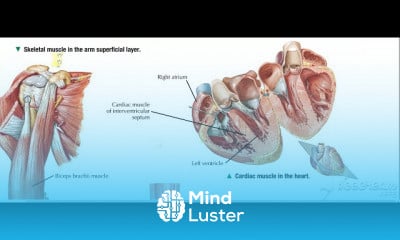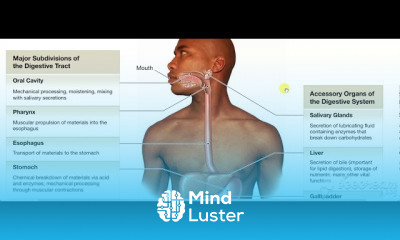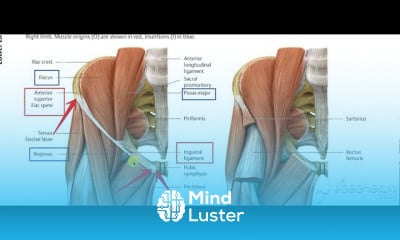8 Infection Control Course | Module 2 Infection Control Strategies
Share your inquiries now with community members
Click Here
Sign up Now
Lessons List | 19
Lesson
Comments
Related Courses in Medical
Course Description
What is infection control in healthcare?
Infection control prevents or stops the spread of infections in healthcare settings. This site includes an overview of how infections spread, ways to prevent the spread of infections, and more detailed recommendations by type of healthcare setting.What are the 3 methods of infection control?
They include:
hand hygiene and cough etiquette.
the use of personal protective equipment (PPE)
the safe use and disposal of sharps.
routine environmental cleaning.
incorporation of safe practices for handling blood, body fluids and secretions as well as excretions [91].What is infection control and what are your responsibilities?
It means preventing and controlling illnesses that can be spread in the health-care. setting. The purpose of infection prevention and control is to identify and reduce. the risk of infections among patients, employees, medical staff members, contract.What is basic infection control?
These include standard precautions (hand hygiene, PPE, injection safety, environmental cleaning, and respiratory hygiene/cough etiquette) and transmission-based precautions (contact, droplet, and airborne).What are the five basic principles for infection control?
These include standard precautions (hand hygiene, PPE, injection safety, environmental cleaning, and respiratory hygiene/cough etiquette) and transmission-based precautions (contact, droplet, and airborne).How is infection control in hospitals?
Measures of infection control include identifying patients at risk of nosocomial infections, observing hand hygiene, following standard precautions to reduce transmission and strategies to reduce VAP, CR-BSI, CAUTI. Environmental factors and architectural lay out also need to be emphasized upon.
Trends
Facebook Business Page Settings
Python for AI for beginners
Natural Language Processing with Python
Tools and toolbar in Photoshop for beginners
Python programming language
MS Excel
Learning English Speaking
React Complete Series
English greetings and responses
AI fundamentals for beginners
Blockchain development essentials for beginners
Neural network optimization techniques
SUM and SUMIF function in excel
Improve english grammar skills
Excel skills for busines intermediate
CSS basics for beginners
ChatGPT for marketing beginners
Introduction To Cyber Security
creating a marketing plan tools
AI with IBM Watson
Recent
Python for AI for beginners
Tools and toolbar in Photoshop for beginners
Neural network optimization techniques
SUM and SUMIF function in excel
Machine learning algorithms types
Linux command line essentials
Building a hospital landing page in React JS
Salesforce certified associate
CSS basics for beginners
8x8 LED matrix with arduino for beginners
Building an arduino Light gun basics
Software testing basics for beginners
Video encoding for beginners
Computer security for beginners
Network types for beginners
Compiler optimization techniques
Software engineering basics
Audio editing basics for beginners
FFMPEG advanced techniques
Node based data structures in Java


















